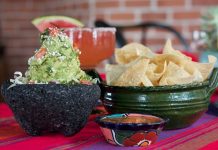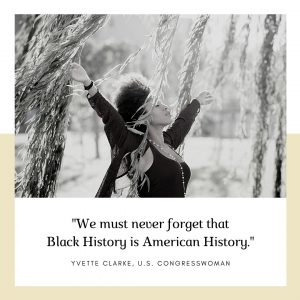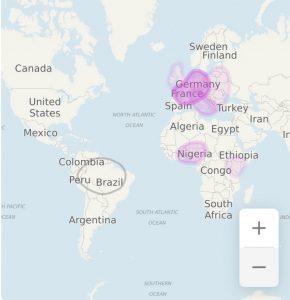“If a race has no history, it has no worthwhile tradition, it becomes a negligible factor in the thought of the world, and it stands in danger of being exterminated,” Carter G. Woodson
February 2021 is the start of our annual month long national celebration of black history. To be quite honest there is a lot about black history that I am learning myself. Initially established in 1926 as a week-long celebration by Carter G. Woodson, it wasn’t until 1976 that it was recognized as a national observance. It is a time dedicated in order to educate a vast number of people about black history. Some people will argue that black history is 365 days a year. Some will say “we” are making black history everyday. I would have to agree with those sentiments. I understand the importance of learning black history daily. I also appreciate the nation wide focus on celebrating black history annually. “Black History is American History.” You may or may not have seen these memes floating around the internet, but you can’t fully understand American history without learning Black history.
It wasn’t until this time last year, 2020, that I decided to focus more on history, most importantly my own history. I am biracial. My mom is “white” with European ancestry. My dad is black, exact ancestry unknown to me at that time. Theirs was a relationship that was not legal until 1967. The supreme court decided in the case of “Loving vs. Virginia” that the ban on interracial marriages was in fact unconstitutional. My mother and father were born in the 1960s, putting into perspective the time period they were raised. A union that could have been impossible in the 1980s when I came into the picture. I decided to do an ancestry DNA test. I wanted to learn more about each country in which my family originated from.
Why was this important? For me, it was the start. I wanted to research the rich culture in those areas in which I was genetically linked. My initial shock came from the actual percentage value. I was 65.4% European, 33.8% African, and 0.8% Central and South American. I always considered myself half and half but genetics, as complex as it is, says otherwise. I asked my husband to take the test as well so that we can pass this information down to our children.
In discovering my unique geographical heritage, I discovered that my African Ancestors were from Nigeria and Kenya. As I began to look into their culture, I discovered waist beads. They have become quite popular as you can see many people making, selling, and wearing them locally and online. Some may look at waist beads as beautiful pieces of jewelry, but I wanted to know more about their purpose and traditions. I did not want to start wearing them without researching them. In the readings I found, waist beads were made popular by the Yoruba Tribe in Nigeria. This is not to say that they were the only people wearing them, because women in Ghana have also been credited as wearing them. They have several purposes to include expressing femininity, fertility, sensuality, and spiritual wellbeing. Some may also use them to track their weight.
I started wearing waist beads this month after receiving my first one as a gift. I wear them as a reminder of my history, in which I am still learning about. I wear them because I like them. I wear them because I respect the historical value, purpose and traditions behind them. You can research more about them on your own but I included a link to some of the articles I enjoyed reading. I will also include a list of historically black monuments located right here in Phoenix, Arizona for you to visit and learn more about.
In the words of my son repeating after me,
“learn something new today.”
Historically Black Monuments
- Historic Tanner Chapel AME Church
- East Lake Park
- Calvin C. Goode Municipal Building
- George Washington Carver High School
- Williams H. Patterson Elks Lodge
- Lincoln J. Ragsdale Executive Terminal
- Swindall Tourist Home
Websites
https://time.com/4197928/history-black-history-month/
https://asalh.org/about-us/origins-of-black-history-month/
https://explorethearchive.com/black-history-month-facts
http://www.reflectionsafricanjewelryllc.com/african-blog/african-waistbeads
https://www.healthline.com/health/beauty-skin-care/waist-beads-modern-uses
https://vrntmagazine.com/2020/08/05/what-are-african-waist-beads-what-is-the-history-behind-them/
https://unstoppablestaceytravel.com/places-to-learn-about-black-history-in-arizona/















Thank you for sharing this! There is so much to learn.
Thank you for reading. I am glad you enjoyed.